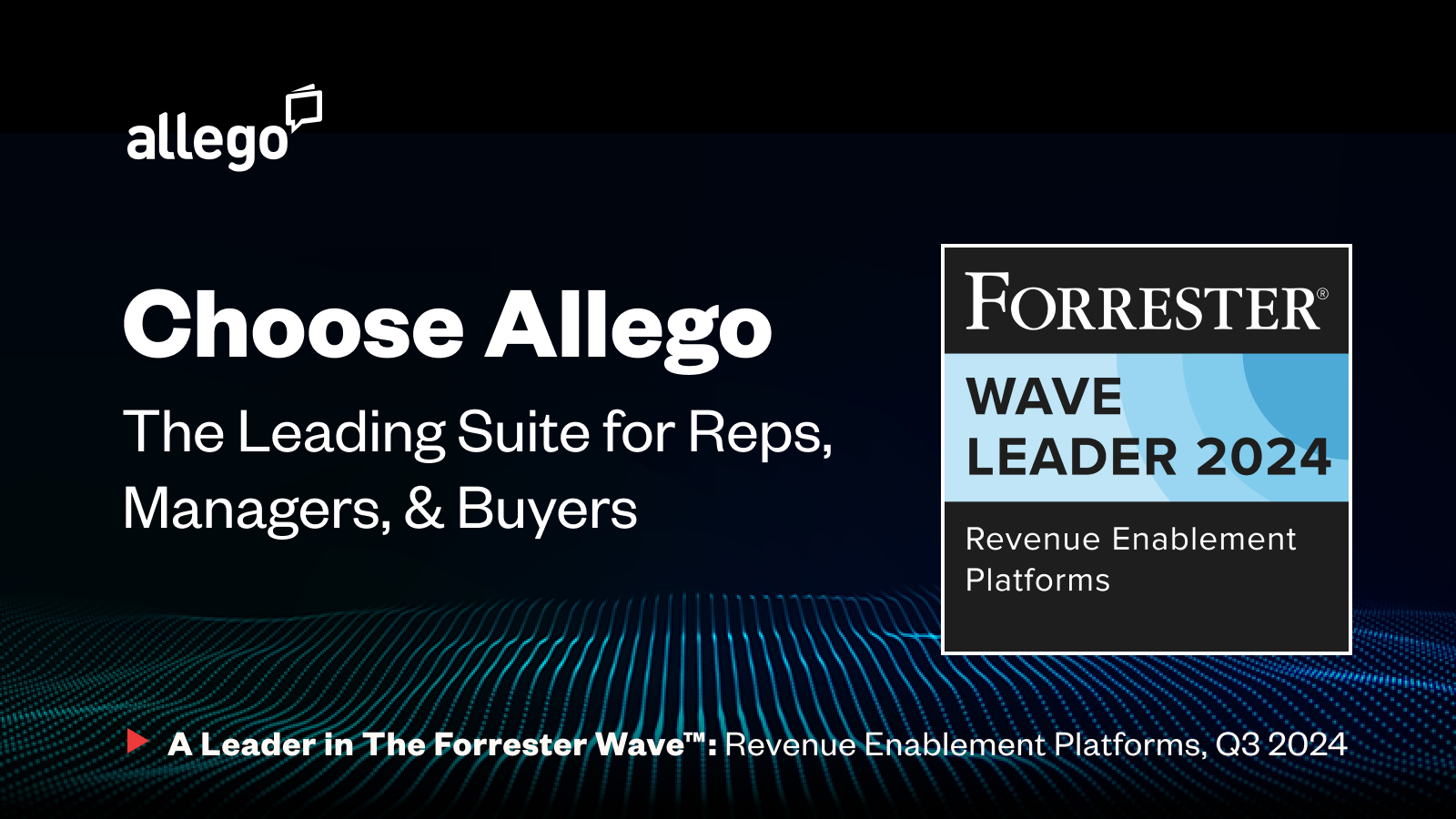A sales pipeline is more than just a list of deals. It’s a dynamic, step-by-step process that guides sellers from identifying potential customers to building lasting relationships. Each stage is crucial, working together to create a seamless flow that transforms prospects into loyal customers. To optimize yours, it’s essential to understand the seven key stages that guide prospects from first contact to lasting relationships.
1. Prospecting: Finding Potential Customers
Everything begins with prospecting, the critical first step in lead generation and identifying potential customers who could benefit from your solution. It involves researching industries, businesses, and decision-makers, as well as leveraging tools like LinkedIn or CRM systems. The goal is simple: build a robust list of quality leads that feed the pipeline.
2. Qualifying Leads: Assessing Needs and Fit
Not every lead is worth pursuing. Qualifying ensures you’re focusing on prospects with genuine potential. This stage involves asking the right questions to determine whether a lead’s challenges, budget, and timeline align with what you offer. It’s about working smarter, not harder.
3. Initial Contact: Starting the Conversation
First impressions matter. At this stage, reps make initial outreach via email, phone calls, or even social media. The objective? Capture the prospect’s attention and establish trust. A personalized approach here sets the tone for the rest of the sales journey.
4. Needs Analysis: Understanding the Customer’s Challenges and Goals
Once you’ve opened the door, it’s time to dig deeper. Needs analysis focuses on learning about the customer’s pain points, objectives, and priorities. This is where active listening comes into play. By understanding their unique needs, you position yourself as a trusted advisor rather than just another salesperson.
5. Proposal Stage: Presenting a Tailored Solution
Armed with insights from the needs analysis, you’re ready to present your solution. A winning proposal addresses the customer’s specific challenges and clearly outlines how your product or service will deliver value. Customization is key—generic pitches won’t cut it at this stage.
6. Closing: Securing the Deal
Closing is where all your hard work pays off. This stage involves negotiating terms, overcoming objections, and finalizing agreements. Confidence and clarity are critical here. Whether it’s a handshake or a signed contract, the goal is to make the deal official.
7. Post-Sale: Nurturing the Relationship for Future Opportunities
The sale doesn’t end when the deal is closed. Post-sale activities, such as onboarding, training, and follow-ups, are essential for building long-term relationships. Happy customers are more likely to renew, expand their investment, or refer others to your business. In this stage, your focus shifts from closing deals to creating advocates.
A well-structured sales pipeline doesn’t just move deals forward—it creates a repeatable, scalable process for success. By mastering these seven stages, sales reps can improve efficiency, boost conversion rates, and maximize revenue.



